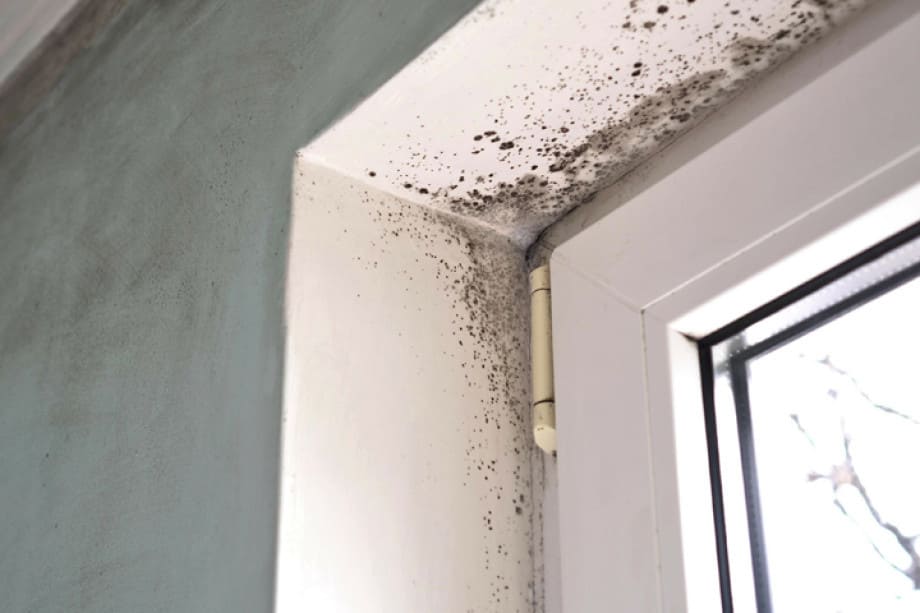Living in a home affected by damp and mould can take a serious toll on your health and wellbeing. In the UK, where rain and moisture are part of daily life, these problems are sadly all too common in council and housing association properties.
Although local authorities have a legal duty to maintain safe and habitable homes, not all of them meet that obligation. If your council has failed to take action, you don’t have to suffer in silence.
In this guide, we’ll walk you through your rights, outline the steps you can take, and explain how National Claims can help you claim for repairs and compensation.
Why Damp and Mould Are Serious Housing Disrepair Issues
Damp and mould aren’t just unsightly — they can be dangerous. According to the NHS, prolonged exposure to mould can cause or worsen respiratory issues, trigger asthma, and even lead to long-term health problems for children and the elderly.
“You’re more likely to have respiratory problems, respiratory infections, allergies or asthma if you have damp and mould in your home.”
— NHS.uk
That’s why UK housing laws require landlords — including councils — to fix these issues swiftly.
Your Legal Rights as a Tenant
Under the Homes (Fitness for Human Habitation) Act 2018 and the Landlord and Tenant Act 1985, your landlord (or local council) must:
- Keep your home free from damp and mould
- Ensure the property is structurally sound
- Carry out timely repairs when hazards are reported
If your landlord fails to meet these responsibilities, they may be breaking the law.
What to Do If Your Council Doesn’t Take Action
Here’s a step-by-step approach to help you deal with an unresponsive council:
1. Gather Evidence
Start by collecting proof:
- Take photos or videos of the mould or damp spots
- Keep a diary of symptoms or health issues
- Save all correspondence with your local council
This evidence will support your claim if you need to escalate the issue legally.
2. Submit a Formal Complaint
If your initial report is ignored, follow your council’s formal complaints process. You’ll find this on their website or by calling their housing services.
Always ask for a case reference number and keep records of your complaint.
3. Contact Environmental Health
If the issue is still unresolved, ask to speak with your council’s Environmental Health Department. They are legally required to inspect homes under the Housing Health and Safety Rating System (HHSRS) if there’s a potential health risk.
They can serve legal notices to your landlord or even carry out repairs themselves and recover the cost.
4. Make a Housing Disrepair Claim with National Claims
If none of the above works, or if the problem has been ongoing for months, it’s time to speak to National Claims.
We specialise in housing disrepair claims involving damp, mould, leaks, and unsafe living conditions. Our team will:
- Assess your case for free
- Connect you with experienced solicitors
- Help you get the repairs done
- Claim financial compensation for your suffering
We take the stress off your shoulders and make the process as simple as possible.
How Much Compensation Can You Claim?
The amount you can claim for damp and mould depends on the severity of your case. Compensation typically includes:
- General damages – for pain, suffering, and inconvenience
- Special damages – for health costs, damaged belongings, or time off work
- Loss of amenity – if parts of your home were unusable (e.g., bedroom or kitchen)
On average, housing disrepair compensation in damp and mould cases ranges from £1,000 to £10,000. Severe cases involving long-term health issues or vulnerable residents can result in even higher payouts.
Each case is different, and our team at National Claims can help you understand what you might be entitled to.
People Also Ask
Q1. Can I sue the council for mould and damp?
Yes. If your local council is your landlord and they have failed to fix damp and mould after being notified, you can sue them through a housing disrepair claim.
Q2. How long do councils have to fix damp and mould?
The timeline depends on the severity of the issue. For urgent health risks, they are expected to act within 14 days. Non-urgent cases should still be addressed within 28 days.
Q3. What are the signs that damp is affecting my health?
Common symptoms include:
- Coughing or wheezing
- Skin rashes
- Worsening asthma
- Fatigue and headaches
If you’re experiencing these symptoms and live in a damp property, you should speak to your GP and report the issue to your council.
Q4. Do I need a solicitor to make a claim?
You’re not required to, but using a solicitor can increase your chances of success and ensure you get the maximum compensation. That’s why National Claims puts you in touch with solicitors who specialise in housing disrepair law.
Final Thoughts
Damp and mould are not just minor nuisances — they are serious housing issues that can impact your health, safety, and quality of life. If your local council fails to respond, you have every right to take action.
Whether it’s through formal complaints, environmental health officers, or legal claims — you have options. And you don’t have to go it alone.
Contact National Claims today to start your Housing Disrepair Claim
Contact National Claims today, and we will put you in touch with an expert solicitor who can guide you through the claims process.📞 Call us now free 0800 029 3849 or 📩 Submit an online enquiry to speak to our team. Your safety and well-being matter, and we’re here to help.

We’re proud of our excellent customer reviews
We thrive on delivering exceptional service and ensuring our clients’ satisfaction. Don’t just take our word for it. Check out some of our independent reviews to see what our clients have to say.
Excellent

This firm is excellent, they sorted out my car pay out and injury claim very fast, they always communicate with you all the time.

My accident case was dealt with confidence and with great result of the outcome, especially James kept me informed all the time.

I was very impressed at the way my inquiry was treated. I was listened to attentively and everything I needed to know was explained to me.






